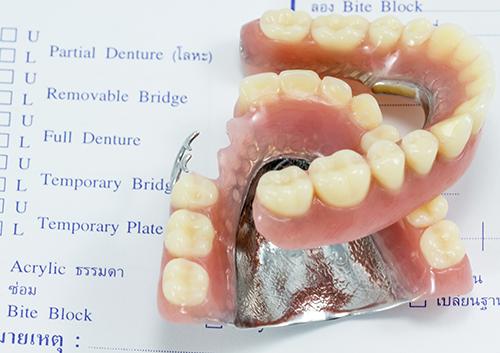
Questions on Dental Implants? We’ve Got You Covered.
- posted: Apr. 10, 2024
Whether you’ve lost a tooth from decay, are preparing for dentures, or were born with a gap where a tooth should have been, you could be a candidate for dental Read More
Snowball Effect
- posted: Apr. 03, 2024
Winter and its snowball fights are behind us, true, but there might be another kind of snowball heading your way—the snowball effect you risk when small dental concerns are ignored Read More
Wiggle Room
- posted: Mar. 27, 2024
When you’re pregnant, you expect physical changes. That’s part of the excitement of the journey! What isn’t expected—and not nearly as exciting—is when your familiar smile seems to be changing Read More
How do I know when I have a cavity?
- posted: Mar. 20, 2024
the doctor and our team at Seaview Dental Arts frequently field questions about cavities and what causes them. Patients will typically ask, “I brush twice a day and floss regularly, Read More
Go Green for St. Patrick’s Day
- posted: Mar. 13, 2024
Millions of people, around Galloway, New Jersey and beyond, wear green on St. Patrick’s Day so they can show their spirit for the holiday and avoid getting pinched. While it Read More
Are your teeth ready for the big day?
- posted: Mar. 06, 2024
Capturing the Moment At Seaview Dental Arts we know that just about anyone who has taken on the challenge of planning her own wedding could tell you how important the little Read More
When to Replace Fillings
- posted: Feb. 28, 2024
A dental filling replaces and restores the health of a tooth that has been damaged. Often, the need for a filling results from a cavity due to a large amount Read More
Why Visiting the Emergency Room for Your Dental Problem isn’t a Good Idea
- posted: Feb. 21, 2024
Emergency rooms are for emergencies, so before you head to the hospital because of a dental problem, you need to ask yourself this question: Is what you're experiencing really a Read More
The Origins of Valentine's Day
- posted: Feb. 14, 2024
When we think of Valentine’s Day, we think of cards, flowers, and chocolates. We think of girlfriends celebrating being single together and couples celebrating their relationship. We think of all Read More
Plaque Attack? Let’s Fight Back!
- posted: Feb. 07, 2024
Plaque is a sticky subject! It sticks to the enamel of our teeth above and below the gum line, and it collects around fillings, braces, and other dental work. Plaque Read More
What did the first dentures look like?
- posted: Jan. 31, 2024
Remember hearing about George Washington and his wooden choppers? Not his tools for cutting down cherry trees, but his false teeth. Actually, George’s teeth were made of ivory but were so Read More
Is sedation dentistry right for me?
- posted: Jan. 24, 2024
At Seaview Dental Arts, we are well-aware of the 25 million Americans who fear having to visit the dentist. Dental phobias are known to range anywhere from feeling mildly nervous Read More
The Connection Between Your Mouth and Your Heart
- posted: Jan. 17, 2024
At Seaview Dental Arts, we know your dental health is closely connected to your overall health. We also know that the mouth can oftentimes be the first place to show Read More
Been a While? Come See Us!
- posted: Jan. 10, 2024
Guilt is a powerful feeling. It can keep you from doing many things, including going to the dentist. The good news is that Seaview Dental Arts is a judgement-free zone, Read More
Tooth Protection and Winter Sports
- posted: Jan. 03, 2024
Just because it’s cold out there doesn’t mean you’ll give up keeping fit and active! Winter is the season for some of our favorite team sporting activities, and when you’re Read More

Bhavin Patel, D.D.S.
Dr. Bhavin Patel is a Prosthodontist (Specialty #5984) - a specialist in aesthetic, reconstructive and implant dentistry.
READ MORE ABOUT BHAVIN PATEL, D.D.S.
Dentist - Galloway
529 S. New York Rd.
Galloway, NJ 08205
Find us


















